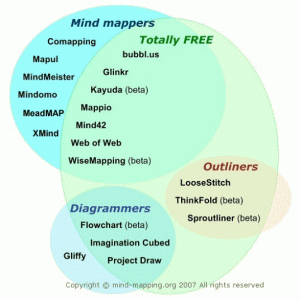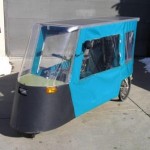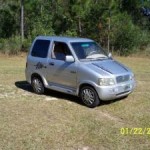Community Planning.net is an organization which promotes community planning not only for, but by communities. From their “about” page.
All over the world there is increasing demand from all sides for more local involvement in the planning and management of the environment. It is widely recognised that this is the only way that people will get the surroundings they want. And it is now seen as the best way of ensuring that communities become safer, stronger, wealthier and more sustainable.
But how should it be done? How can local people – wherever they live – best involve themselves in the complexities of architecture, planning and urban design? How can professionals best build on local knowledge and resources?
Over the past few decades, a wide range of methods has been pioneered in different countries. They include new ways of people interacting, new types of event, new types of organisation, new services and new support frameworks.
This website provides an overview of these new methods of community planning. It is aimed at everyone concerned with the built environment. Jargon is avoided and material is presented in a universally applicable, how-to-do-it style. Whether you are a resident wanting to improve the place where you live, a policy maker interested in improving general practice, or a development professional working on a specific project, you should quickly be able to find what you need.
We don’t know yet whether they view, as we do, environmental planning as the flip side of disaster risk reduction and mitigation, or how far outside of Europe they plan to operate. But they certainly seem to be an excellent resource.












